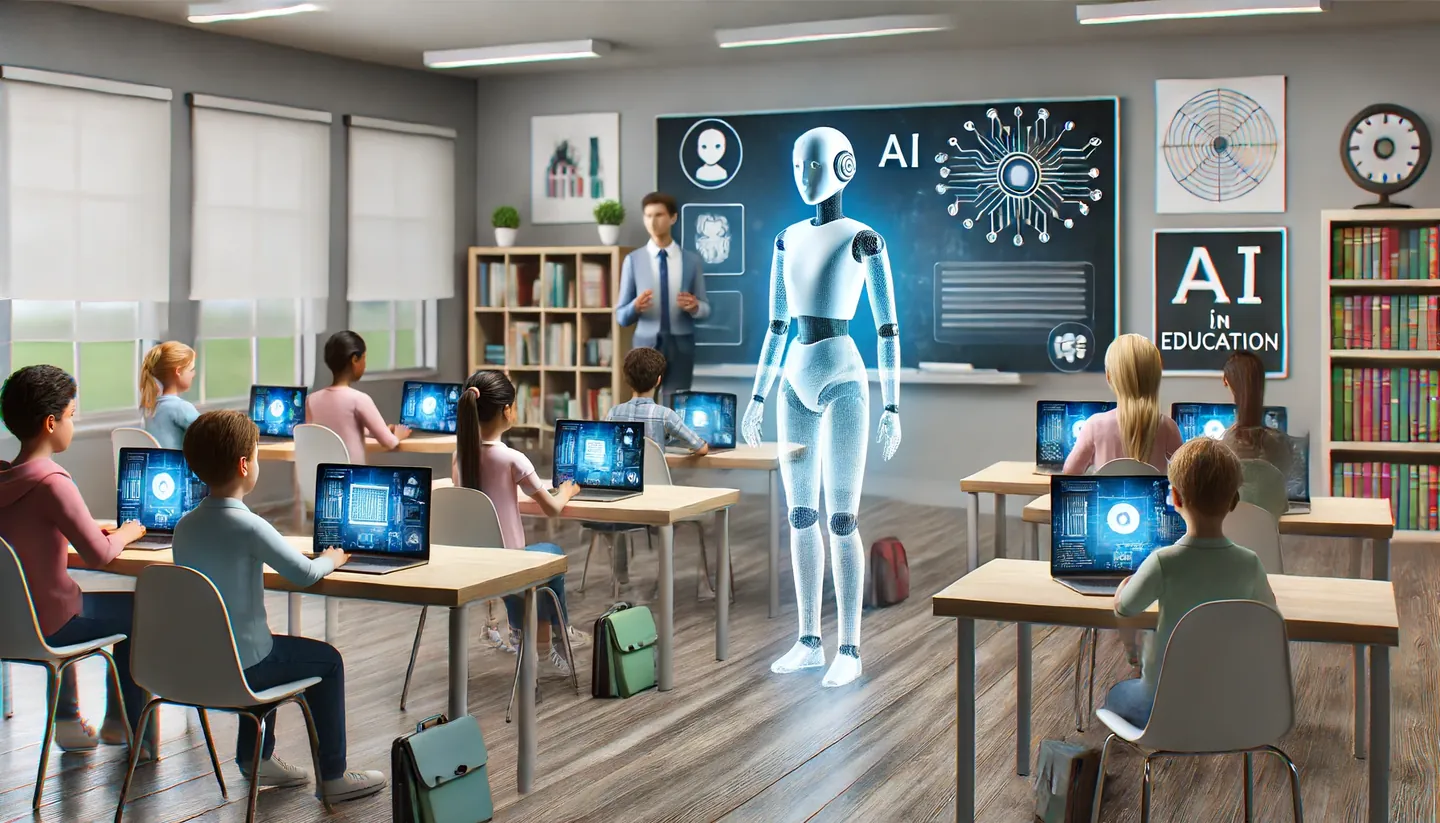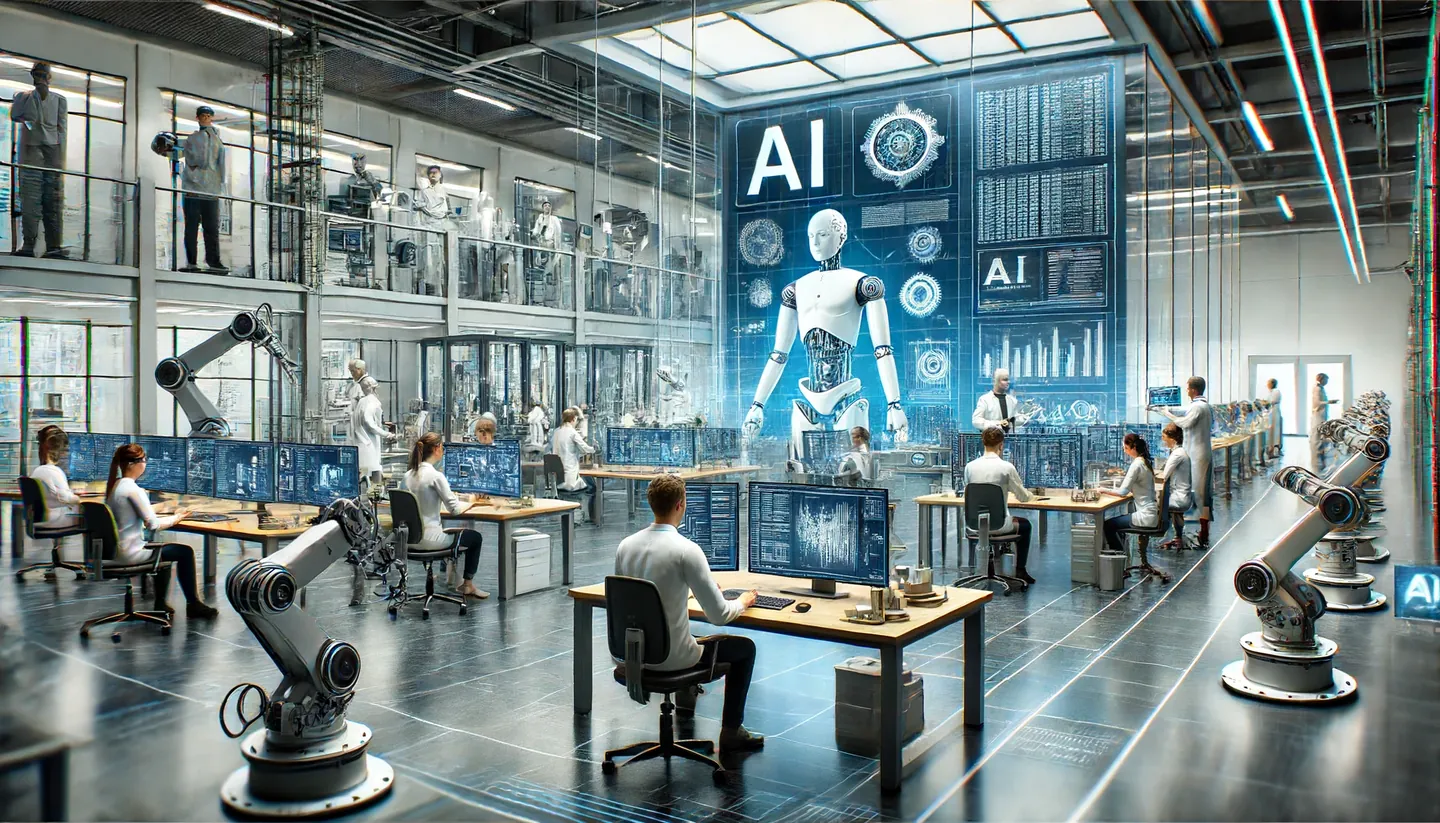Amid swift technological advancements, evolving societal demands, and the push toward globalization, the modern education system is experiencing profound shifts. Let’s delve into the pivotal trends that are sculpting the future of educational practices.
Distance Learning and Online Courses

A key benefit of distance learning is its flexibility. Learners can process content at a pace that suits them, adjusting their study schedules to accommodate personal circumstances. This flexibility is particularly advantageous for individuals juggling educational pursuits with work or other commitments. Online courses, crafted by field specialists, offer learners access to top-tier educational resources, which might have been out of reach due to geographic or economic barriers.
Yet, distance learning is not without its hurdles. Some learners find it challenging to stay motivated and disciplined when studying on their own. It's crucial to acknowledge that remote education cannot uniformly substitute for traditional approaches, especially in disciplines that necessitate hands-on skills or specialized equipment.
Interactive and Hybrid Learning Methods

Interactive instructional strategies prioritize active engagement of students in their learning journey. These techniques, including group dialogues, project-driven tasks, role-playing, and research initiatives, promote independent thought, collaboration, and critical examination of information, thereby deepening material understanding.
Hybrid learning merges traditional and online educational elements, capitalizing on the strengths of both to enhance flexibility and accessibility for students. For example, learners might participate in on-site lectures while also exploiting online resources for further exploration, interactions with educators, and assignment completion. As technology increasingly influences education, this blended approach is becoming more pertinent.
The advantages of employing interactive and hybrid educational strategies are becoming more evident. These approaches engage learners actively in the educational process, markedly boosting their involvement and aiding in the enhancement of academic outcomes. They also offer significant adaptability, enabling students to select optimal learning strategies that align with their personal preferences and unique requirements.
Personalized Learning

Personalized learning is essential for reaching high educational standards in a world where each learner has distinct attributes, learning rates, and interests. This method centers on the individual characteristics of each student, allowing them to study in line with their interests and at their preferred speed.
The personalized approach tailors the educational experience to meet individual student needs, considering their preferences, readiness level, and learning style. This optimizes each learner’s potential and leads to substantial academic achievements.
Personalized learning fundamentally involves differentiating educational content to provide materials at varied difficulty levels and in diverse forms, catering to each student’s capabilities and needs. Consequently, learners at different knowledge levels can engage with educational methods and assignments that are specifically suited to them.
Artificial Intelligence and Big Data

In computer science, artificial intelligence (AI) focuses on creating systems capable of data analysis, deriving conclusions, and decision-making based on machine and deep learning algorithms. This enables the execution of intricate tasks such as image recognition, speech comprehension, and natural language processing, making AI vital for process automation and product innovation.
Big Data encompasses extensive data sets that are challenging to process with traditional methods. This includes both structured and unstructured data from a variety of sources. Analyzing Big Data exposes hidden patterns and trends, thereby aiding in sound decision-making.
In healthcare, AI and Big Data analysis play roles in diagnosing diseases early, forecasting epidemics, and crafting strategies to halt disease spread, significantly improving treatment effectiveness and identifying disease patterns.
STEM Education Development

Advancing education in STEM (Science, Technology, Engineering, Mathematics) is increasingly crucial in a world driven by technological and scientific advancements that significantly influence economic growth and societal progress. STEM educational programs are designed to nurture critical thinking, complex problem-solving, technical abilities, and scientific literacy in students, preparing them to confront contemporary challenges and seize new opportunities.
The primary objective of STEM educational strategies is to ignite student interest in scientific and technical fields, motivating them to undertake research and pioneer innovations. This approach enhances creative thinking, teamwork capabilities, and builds confidence while fostering a deep-rooted interest in science and technology.
Conclusion

Recent transformations in the educational system mirror the rapid changes in learning processes driven by technological innovations and societal demands. Distance learning and online courses have broadened educational access globally, while interactive and hybrid learning models have made education more engaging and effective. Personalized teaching methods consider the distinct qualities of each student, and the development of soft skills alongside project-based learning equips students to thrive in real-world scenarios.










